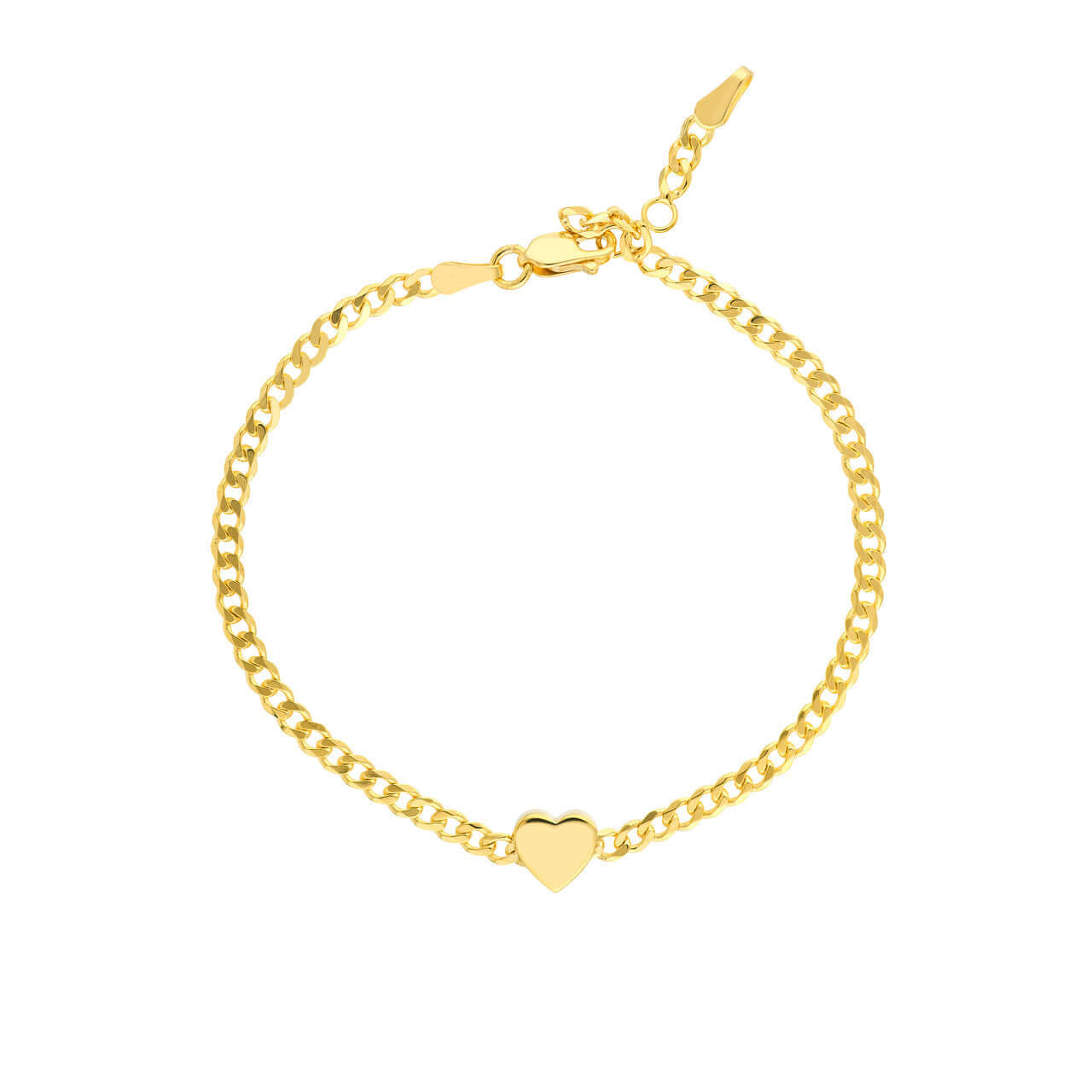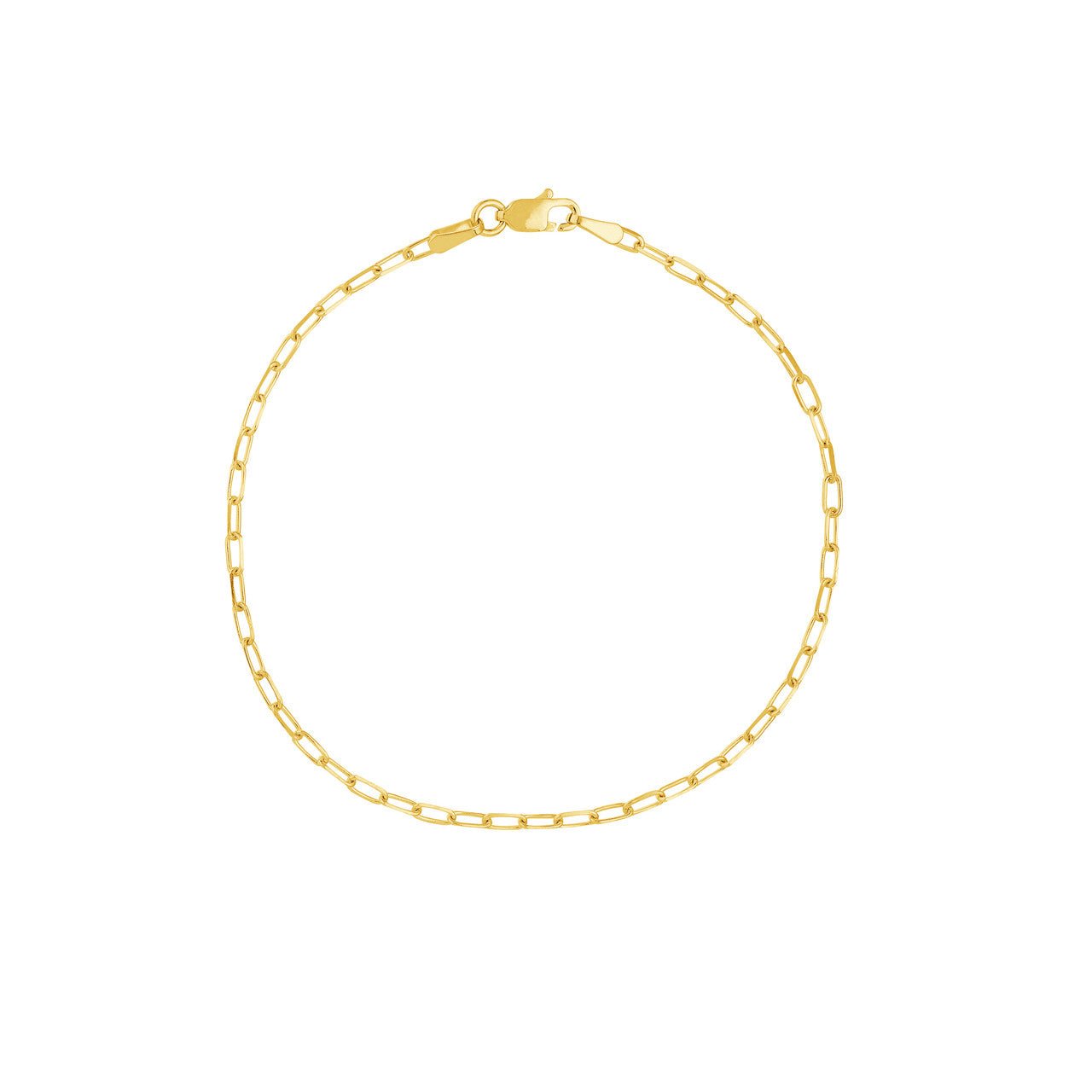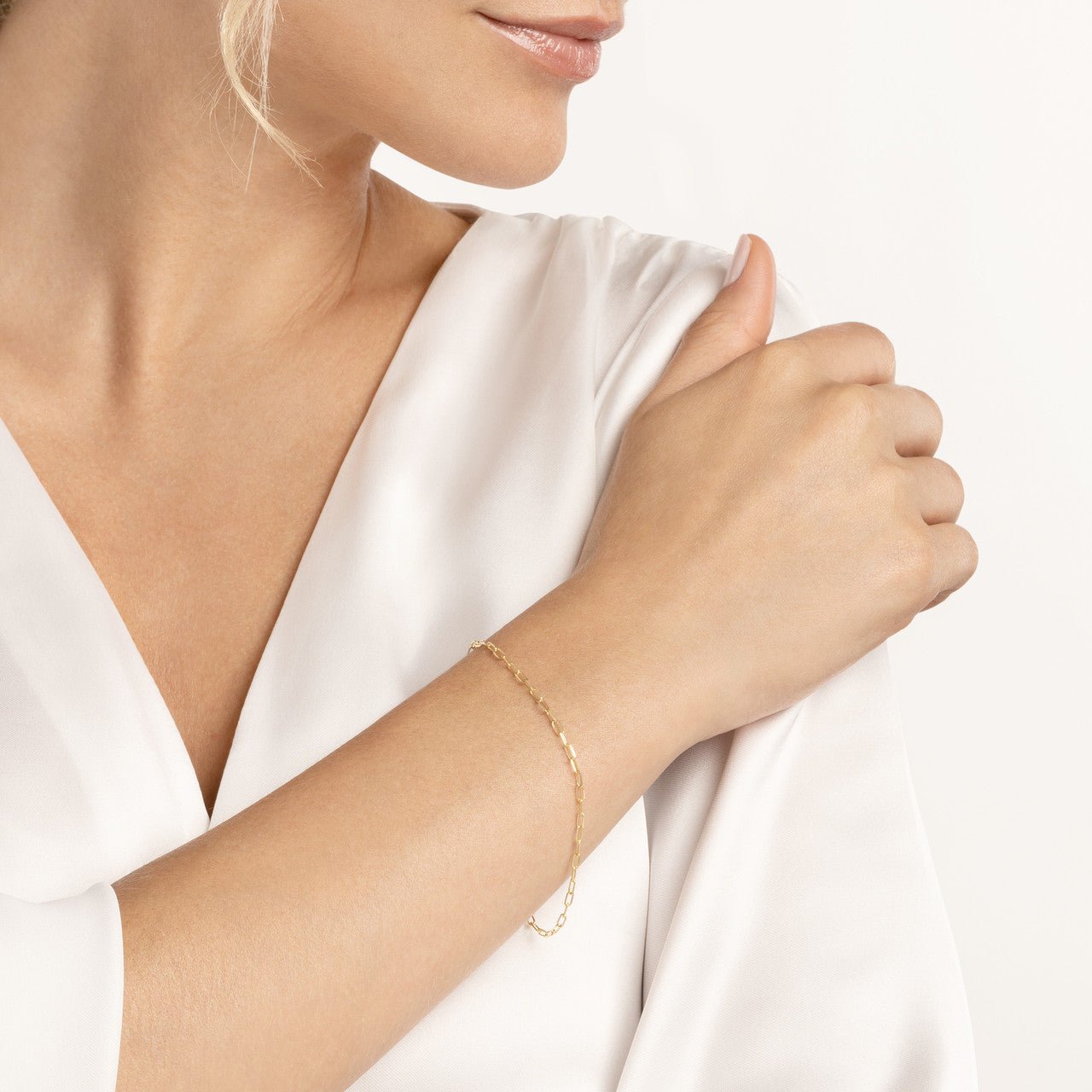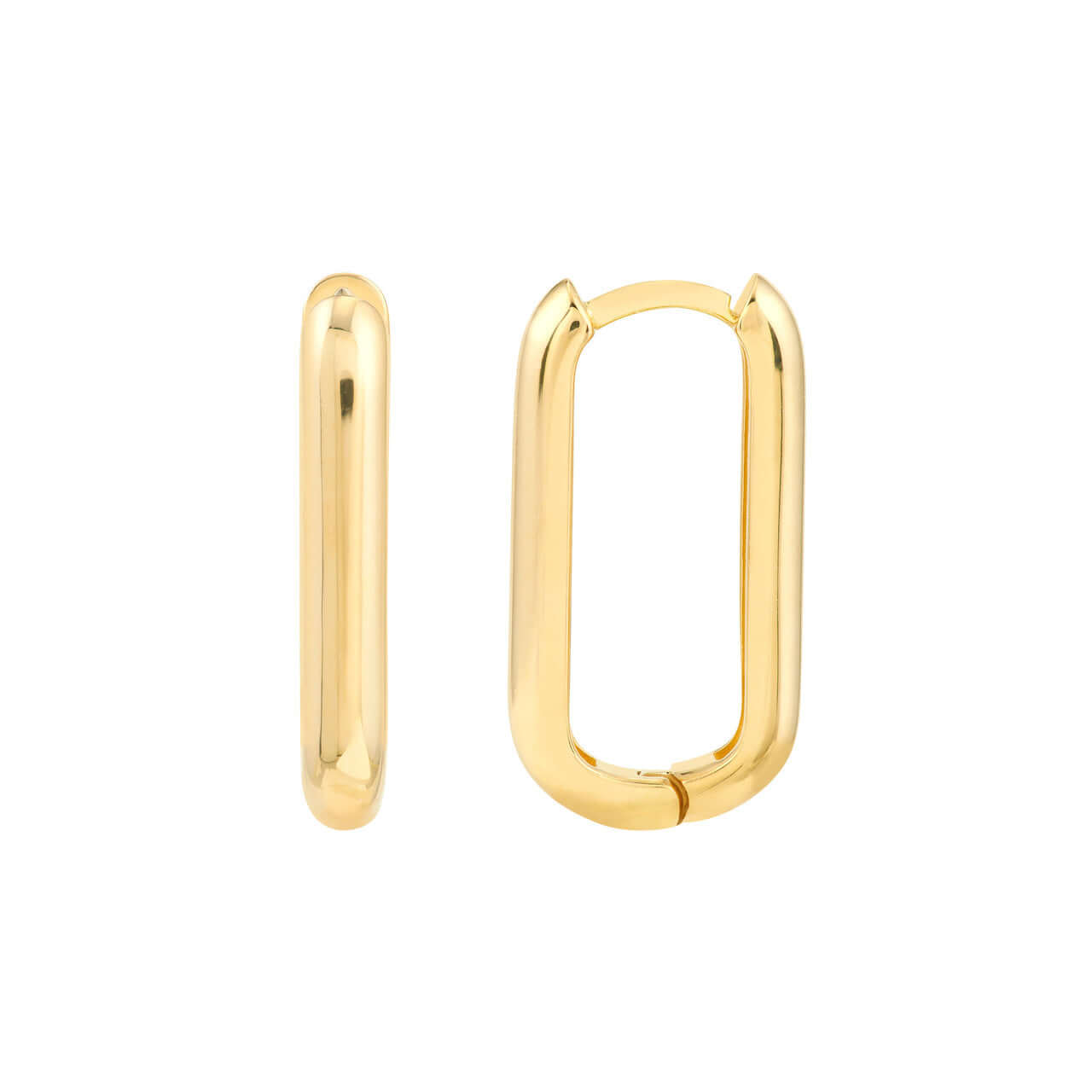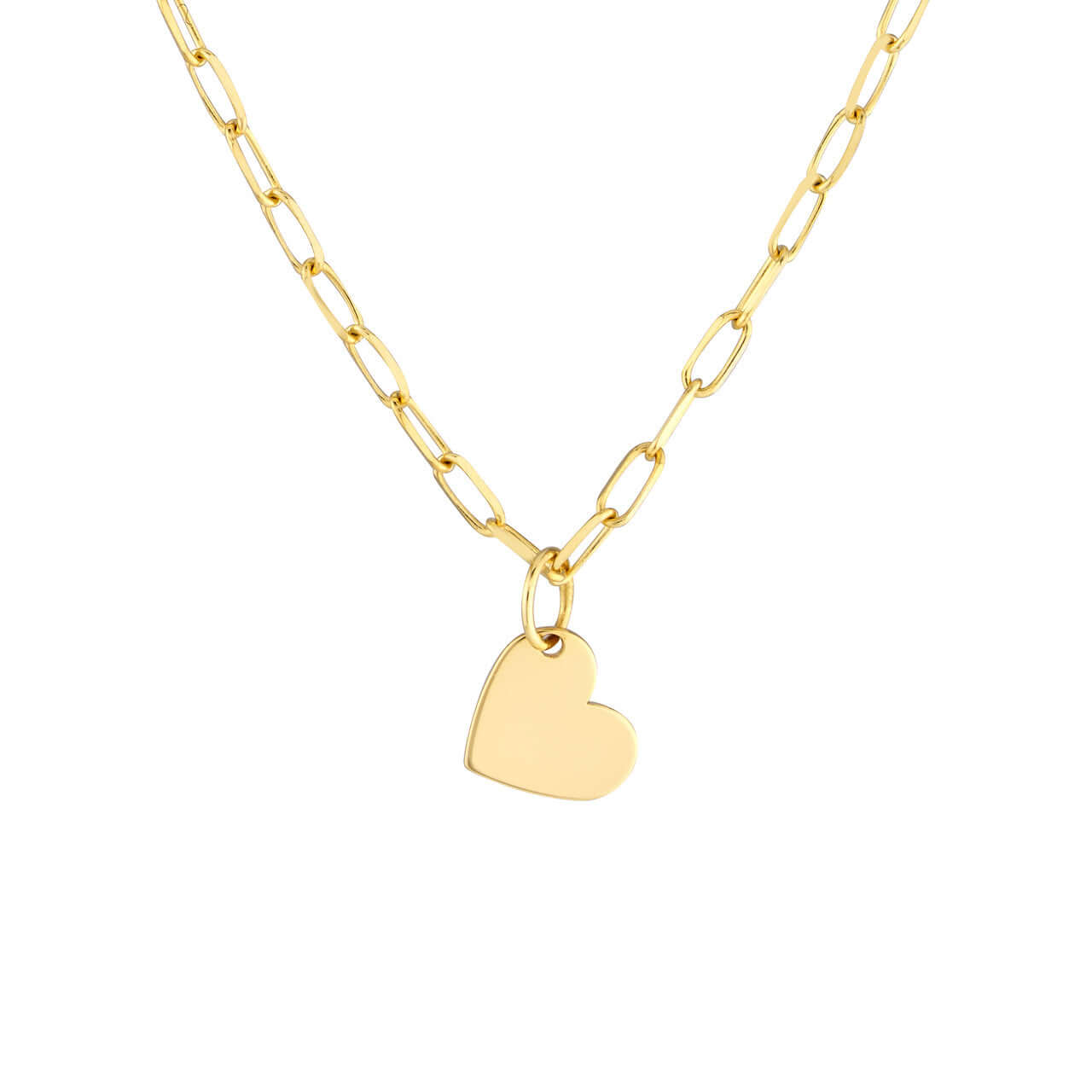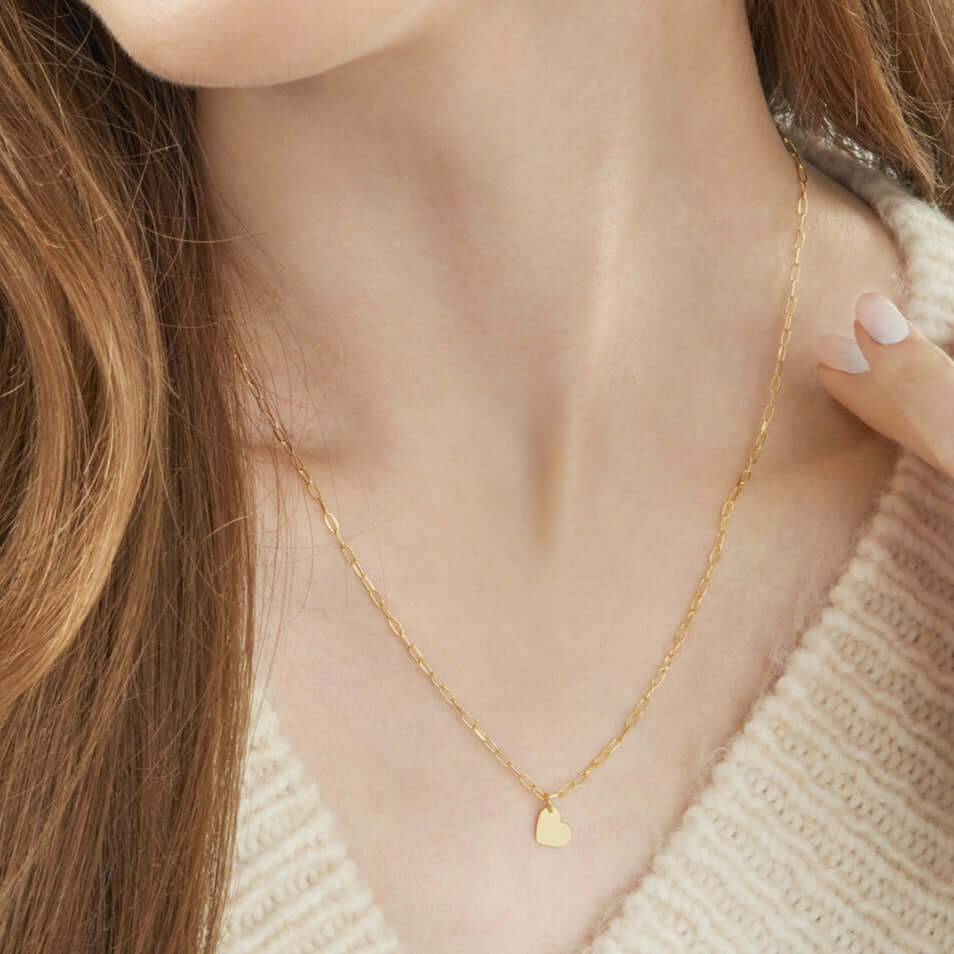Unveiling the Beauty of Colored Gold: A Guide to Its Stunning Variations and Secrets
Colored gold has mesmerized jewelry lovers for centuries with its dazzling hues and unique charm. In this comprehensive guide, we explore the fascinating world of colored gold, uncovering its secrets and showcasing its captivating variations. From the warm glow of rose gold to the classic elegance of yellow gold, each shade tells its own story of craftsmanship and allure.
What Makes Gold Colored?
Pure gold, in its natural state, has a rich yellow hue. However, its dazzling spectrum of colors is created by blending gold with other metals. By altering the combination of alloying metals—such as copper, silver, and zinc—jewelers craft a stunning array of colored gold options, including:
- Rose Gold: Achieved with copper for a romantic, pinkish hue.
- White Gold: Created by blending gold with nickel or palladium for a cool, silvery tone.
- Green Gold: Formed by adding silver for a subtle green tint.
- Blue & Purple Gold: Rare and bold, made using elements like indium or aluminum.
How Is Colored Gold Made?
Crafting colored gold is an intricate process. Pure gold is alloyed with specific metals in precise proportions, melted at high temperatures, and carefully cooled. This alloy is then shaped into beautiful jewelry pieces through techniques such as casting or fabrication. Skilled artisans ensure the final product has the perfect hue and finish, making each piece a wearable work of art.

The History of Colored Gold
Colored gold has been a cherished element of jewelry for millennia:
- Ancient Egypt: Master craftsmen used colored gold to create intricate designs with granulation and filigree techniques.
- Rome: Colored gold gained popularity through natural alloys like electrum (gold and silver).
- Renaissance Europe: Goldsmiths experimented with bold hues, creating green, blue, and purple gold adorned with gemstones.

Popular Variations of Colored Gold
Rose Gold
Warm, romantic, and timeless, rose gold is crafted with copper and has become a favorite for engagement rings and vintage-inspired designs.
Yellow Gold
The epitome of tradition, yellow gold blends copper and silver for a luxurious, classic aesthetic.
White Gold
A sleek, modern alternative to platinum, white gold pairs perfectly with diamonds and gemstones.
How to Choose the Right Colored Gold for Your Skin Tone
- Cool Skin Tones: Look for white gold or platinum, and pair with gemstones like sapphire, amethyst, or tanzanite.
- Warm Skin Tones: Opt for yellow gold or rose gold, and accent with warm gemstones like morganite, citrine, or fancy yellow diamonds.
Pros and Cons of Colored Gold
Pros
- A wide variety of colors to suit every style.
- Durable and resistant to tarnish with proper care.
- Affordable alternatives to platinum or other precious metals.
- Versatile for both classic and modern jewelry designs.
Cons
- Potential allergic reactions to metals like nickel in white gold or copper in rose gold.
- White gold may require maintenance, such as re-plating, to maintain its finish over time.
Trends in Colored Gold Jewelry
Colored gold is a staple in contemporary jewelry trends:
- Mixed Metals: Combine rose, white, and yellow gold for dynamic, layered designs.
- Stackable Rings: Layer multiple bands for a personalized look.
- Nature-Inspired Motifs: Incorporate leaves or flowers
- Geometric Designs: Add modern flair with emerald cuts, oval, or baguette diamonds
Conclusion: Embrace the Diversity of Colored Gold
Colored gold is more than a metal—it’s a testament to artistry, history, and individuality. Whether you adore the classic beauty of yellow gold or the modern elegance of rose and white gold, this precious material offers endless ways to express your style.
At Lisa Robin, we take pride in creating timeless designs that celebrate the beauty of colored gold. Book an appointment today to explore our collection, and discover why our jewelry is as unique as your love story.















